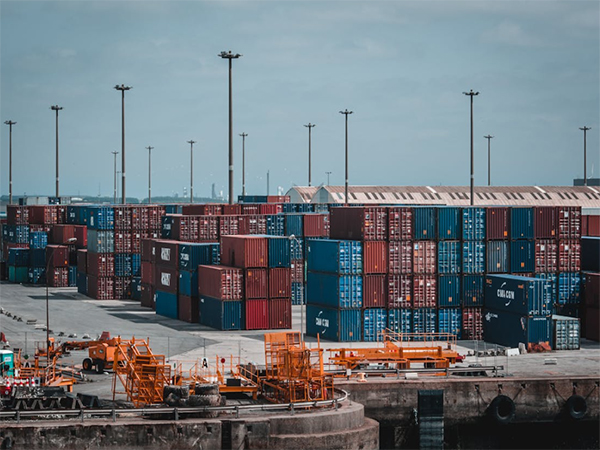New Delhi [India], April 21 (ANI): India must engage with both the US and China and it should not draw itself into any binary amid the trade wars between economic giants, Ajay Srivastava, founder of Global Trade Research Initiative (GTRI) said in a note.
Chinese state media reported on Monday that China has warned countries that it firmly opposes any trade deals with the US that compromise Beijing’s interests. The report added that it will slap countermeasures in a “resolute and reciprocal manner” against countries that strive to “appease” the US.
“India should not be drawn into binary geopolitical rivalries. Instead, it must engage with both China and the US on equal terms–guided by strategic autonomy, economic interest, and global trade principles–not by external pressure,” Ajay Srivastava said in the note.
The Trump administration is reportedly pressuring countries to curb trade with China in exchange for tariff negotiations with the US.
India and the US are negotiating a bilateral trade agreement, which is expected to be finalised by the fall of 2025.
GTRI said India must chart an independent course, strengthening its domestic manufacturing base and reducing critical import dependencies through targeted investment in deep manufacturing.
At the same time, India should remain firmly committed to WTO-led multilateral trade norms and avoid actions that risk violating global rules.
Trump paused the reciprocal tariffs on dozens of countries, including India, that have engaged in negotiations with the US administration. However, the tariffs levied on China will remain in place.
For the time being, a baseline tariff of 10 per cent would be applicable on US imports from other countries, including India, but excluding China.
According to GTRI, China’s warning of retaliation against countries aligning with the US must be viewed through the lens of global supply chain realities.
Today, most leading economies, including the US, EU, Japan, South Korea, and India, are deeply dependent on China for the supply of industrial and consumer goods.
China is embedded at every level of the global production hierarchy, spanning Tier 1 (finished goods), Tier 2 (intermediate goods), and Tier 3 (parts and components).
“While the China+1 strategy has enabled some countries to reduce dependence on Chinese finished goods, the global economy still relies heavily on China for critical inputs at the Tier 2 and Tier 3 levels. Replacing China entirely requires building manufacturing capabilities from the raw material stage upward–an effort that no country has yet achieved at scale,” GTRI said.
The Trump administration’s reported strategy to pressure its partners through tariff negotiations to limit trade with China ignores economic ground realities, GTRI added.
“Even the US cannot stop imports from China. Last trade war resulted in an increase in the US trade deficit,” GTRI said, adding that this presents both a caution and an opportunity for India. (ANI)
Disclaimer: This story is auto-generated from a syndicated feed of ANI; only the image & headline may have been reworked by News Services Division of World News Network Inc Ltd and Palghar News and Pune News and World News
HINDI, MARATHI, GUJARATI, TAMIL, TELUGU, BENGALI, KANNADA, ORIYA, PUNJABI, URDU, MALAYALAM
For more details and packages

















